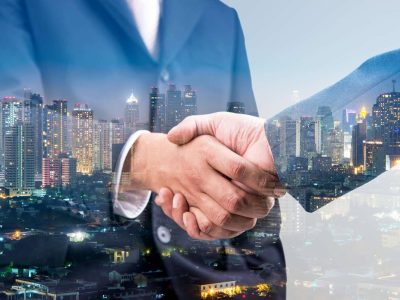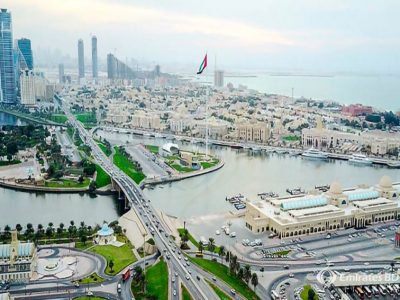Introduction:
Dubai is no stranger to innovation, and its real estate market is no exception. Known for its towering skyscrapers, luxurious villas, and futuristic architecture, the city is constantly evolving. But what makes Dubai’s real estate market so unique, and how is it shaping the future of urban living? This blog delves into the factors driving Dubai’s real estate boom and how they are creating new possibilities for urban residents.
Sustainable and Smart Living Solutions: As cities around the world embrace sustainability, Dubai’s real estate developers are ahead of the curve. From energy-efficient buildings to the incorporation of smart technologies, sustainability is becoming a cornerstone of urban living in the city. Projects like the Dubai Sustainable City and Masdar City are setting new standards for green living, where residents can enjoy eco-friendly homes, smart appliances, and community-based resources that reduce their carbon footprint. The integration of renewable energy sources, like solar panels, into these developments is helping to shape a more sustainable and self-sufficient future.
Luxury and Innovation in Architecture: Dubai has become synonymous with architectural innovation. Iconic landmarks like the Burj Khalifa and Palm Jumeirah have redefined skylines around the world. Today, the city continues to push the boundaries of design, with futuristic projects such as the Dubai Creek Tower and floating villas. These developments are not only visually striking but also incorporate cutting-edge technologies, such as AI and robotics, to offer residents and businesses unparalleled convenience and efficiency. As the city continues to grow, architecture in Dubai is increasingly focusing on integrating natural landscapes with urban spaces, creating an environment where people can live, work, and play harmoniously.
The Rise of Mixed-Use Communities: The future of urban living in Dubai is shifting towards mixed-use developments, which combine residential, commercial, and leisure spaces into one cohesive environment. These developments offer residents easy access to everything they need—shops, offices, schools, parks—without leaving the comfort of their community. This shift towards walkable, self-contained neighborhoods is changing the way people interact with their cities, fostering a sense of community and reducing reliance on cars. Examples of such communities include Downtown Dubai and Dubai Hills Estate, which are setting the standard for modern urban living.
Conclusion:
Dubai’s real estate market is a dynamic force that is not only shaping the city’s skyline but also influencing how people live and interact with their environment. With an emphasis on sustainability, architectural innovation, and mixed-use communities, the city is paving the way for the future of urban living. As Dubai continues to develop, it will remain a beacon of modernity, showcasing the potential for cities around the world to create spaces that are both luxurious and sustainable for their residents. The future of urban living is bright in Dubai, and the city is ready to lead the way.







